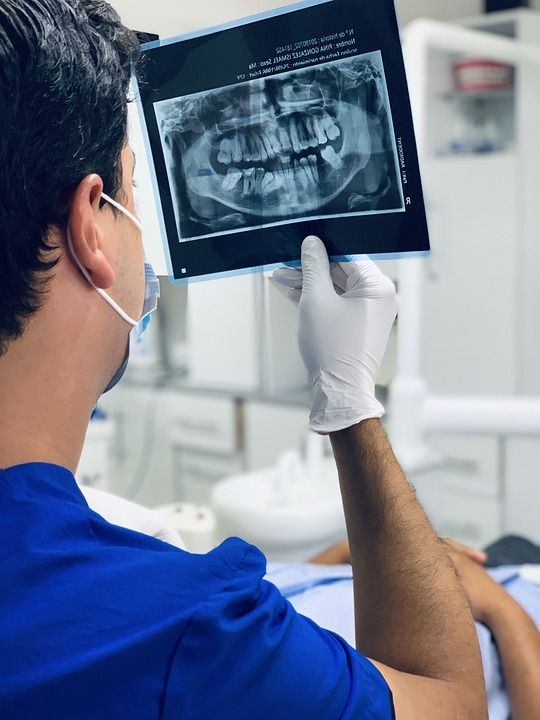What is peridontitis and what are it’s causes?
Periodontology is a special branch of dental medicine that deals with the prevention, diagnosis and treatment of diseases that affect the periodontium.
Periodontal diseases begin with the accumulation of pathogenic bacteria in the tissues of the oral cavity. Deposits of bacterial plaque and tartar in the space between the gingiva and teeth (periodontal pocket) lead to chronic inflammation that destroys the supporting tissues of the teeth.
Periodontal diseases can be divided into two major groups: gingivitis and periodontitis.
Periodontitis is a chronic infection that affects the gums and the bone that supports the teeth, which can lead to tooth loss.
Periodontitis is caused by millions of bacteria, which live in our mouths and multiply due to poor hygiene. Statistics show that 30% to 40% of people suffer from this disease, which is also one of the most common causes of tooth loss in adults.
Periodontitis is an insidious disease, which often passes with mild symptoms, so most people do not even know they have it until it is too late.
When periodontitis occurs, pain usually does not occur if the teeth are not so loose that they move when chewing. However, the more bone is lost, the more the teeth wobble and change position, and often the front teeth protrude.
Bacteria protected within the subgingival plaque grow and multiply unhindered, and the plaque is partially mineralized to form subgingival calculus. It cannot be removed by any “home” measure of oral hygiene, but only by professional cleaning at the dentist.
CAUSES OF PERIODONTOSIS
In addition to dental plaque, which is the main cause of periodontitis, there are many other causes of periodontitis:
- poor maintenance of oral hygiene
- smoking
- dental plaque
- anatomical anomalies
- age
- hormonal changes
- rheumatoid arthritis
- diabetes
Symptoms of periodontitis
- hypersensitive, swollen and inflamed gums
- bleeding gums
- wobbly and loose teeth
- toothache
- bright red and purple gums
Prevention of periodontitis
The best prevention is proper oral hygiene, which means brushing your teeth at least twice a day, preferably after each meal, using dental floss and an interdental brush. These are also regular check-ups by a dentist who examines the oral cavity professionally and can detect irregularities in the very beginning, react in a timely manner, treat and repair, and prevent complications and more serious conditions.
How to prevent periodontitis?
Proper treatment will stop further bone loss and tooth loss. Of course, there are ways to improve the patient’s dental aesthetics, and that includes restorative procedures, fixation of movable teeth, orthodontic correction, complete prosthetic or prosthetic – implant rehabilitation.
At the Medikadent Polyclinic, all periodontal surgery procedures are performed with minimally invasive techniques.

